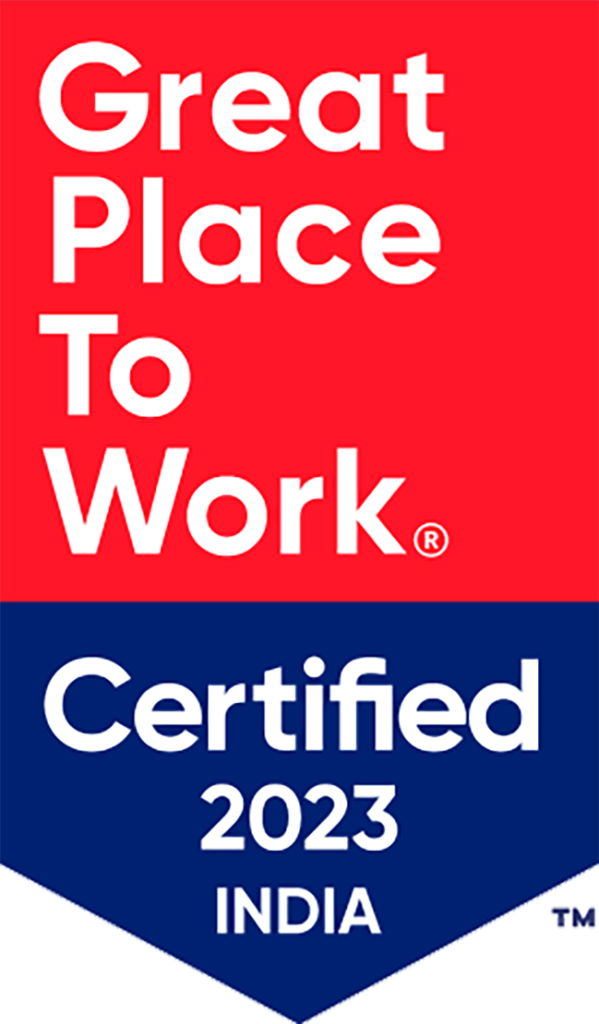Company culture is hugely important to the success and overall health of an MSP, its people, and its clients. Job seekers often cite company culture as very important when choosing to apply while many hold bad company culture responsible for looking for a new position. Culture isn’t a buzzword; it’s an element of success, even more so for the “people-centric” business model of an MSP.
Building a great culture for your MSP isn’t a destination, it is a journey. Your MSP reaps the best outcomes when you involve your employees in this journey, working collaboratively and holding them accountable to create a “for the people, by the people” work culture.
Step 1: Make the most of culture-engagement surveys
Creating a work environment that fosters collaboration and employee engagement demands that you harness the power of culture surveys. All surveys, either quick checklist versions about your team management leadership style or those with open-ended questions about job satisfaction, should be anonymous for better employee confidence and unbiased results.
To measure employee satisfaction, don’t just send feedback emails but remind everyone about them in town hall meetings. Work with industry experts to make each survey as comprehensive as possible to capture the pulse of your workforce. Wondering why? Well, the results of these surveys will be used to improve your existing employee engagement plan, so you want accurate, useful information.
Step 2: Establish an in-house culture team
Once you interpret the data collected, create an in-house culture team to help find creative solutions to achieve your cultural goals. To be inclusive in the true sense, encourage employees across levels and roles to voluntarily nominate themselves, using the “Opt-in Approach.” This will help you be sure that the team doesn’t only have people from HR and senior management, but is truly cross-functional.
For close collaboration on all culture initiatives going forward, be sure to conduct weekly team meetings in EOS formats. With a weekly meeting, the team will be able to talk about concerns, options, and solutions. On the other hand, “Monthly Goal Setting” meetings help you track long-term goals. Count everybody’s ideas and suggest and align them with culture-engagement survey results. Refresh the entire team every quarter to ensure all voices within your MSP business are heard.
Your internal communication should also reflect how appreciative you are of committee members’ relentless work. To appreciate the right action, achievements, and results, think of awarding culture team members individually as well as calling out kudos to the team as initiatives are launched.
Steps 3: Close cross-cultural gaps together
Different teams within your business may have different work cultures. To sync team and company culture, sensitize your team leads via training on interpersonal communication and conflict resolution.
To put team culture and performance management in context, ask each team lead to sit with a new team member on Day 2 or 3 to discuss goal setting. As you set expectations on the individual level, ask what improvements your new team member would make in those Goal Setting Sheets, Employee Score Cards, and Career Development Plan.
Going forward, have a “weekly same page” with the resource to know any roadblocks and how they can be addressed with cultural means. Each month, conduct an informal 1-on-1 to talk about responsibilities, change in role, or intrapersonal challenges. This session should focus more on each individual’s feedback on the culture within the team.
Step 4: Promote culture together
While co-creating your MSP’s culture is key, it’s important that you promote your culture together, too. This is also a great way to build your brand reputation as an employer. Ask your team to share celebrations and milestones—if they are comfortable with it—on social media. Also, after securing permission, be sure to leverage your company’s social media to showcase team accomplishments. Give shoutouts to those who are living your core values. Create albums from your company events and tag your team members. This should positively influence your hiring as you continue to highlight your MSP’s amazing work culture.
Final Thought: Co-creating a culture of WOW keeps your MSP’s core values front and center in all aspects of its day-to-day operations and structure, empowering your team to enact change. It also opens up the potential for your employees to become culture advocates in the long run.







